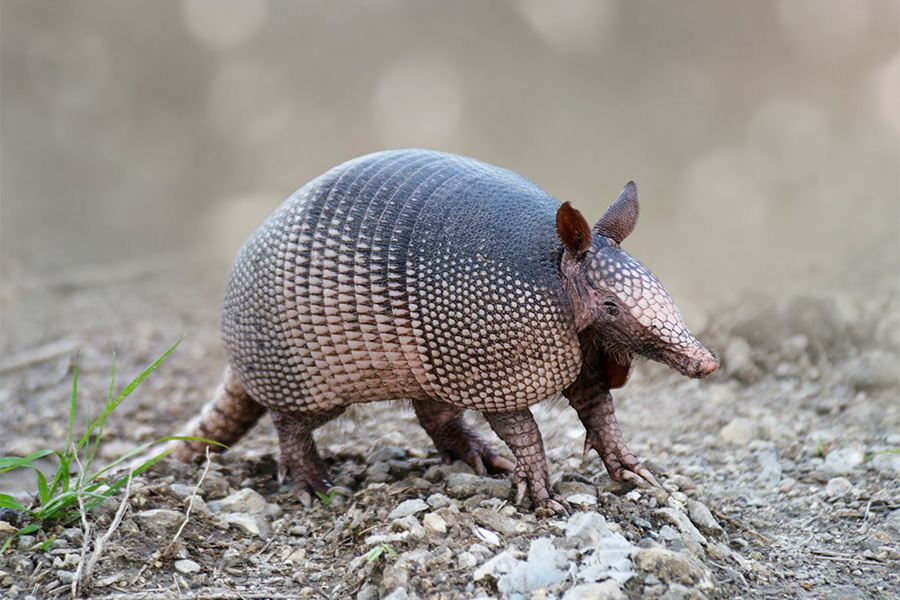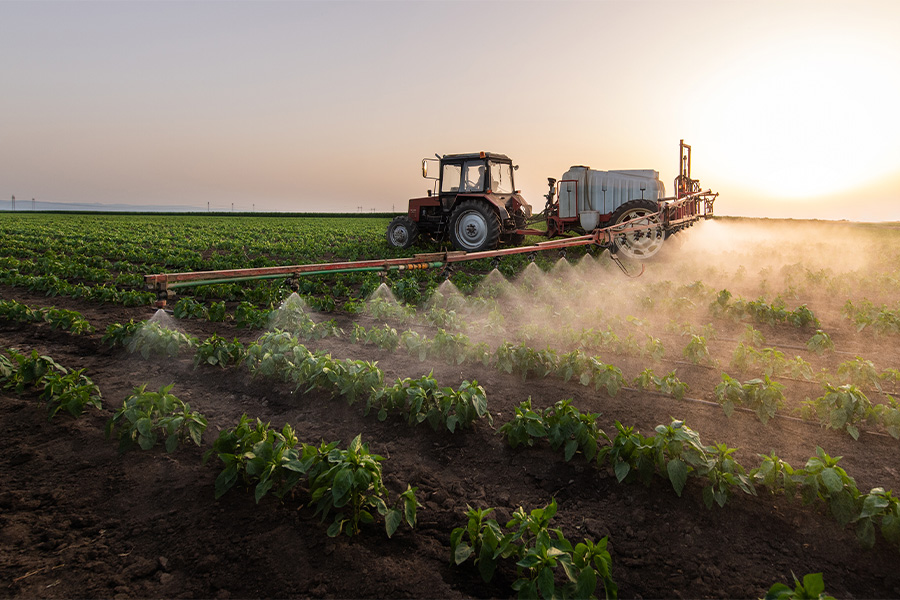Weeds, Diseases and Pests
-

This publication discusses general aspects of the copperhead snake.
Michael Mengak
|
-

Scientists classify armadillos with anteaters and sloths. They have poorly developed teeth and limited mobility. Armadillos are considered both an exotic species and a pest.
Michael Mengak
|
-

This publication discusses tropic croton identification and control in cotton and peanut.
Stanley Culpepper and Eric Prostko
|
-

Eclipta is considered to be one of the world’s worst weeds. This publication discusses the identification and control of eclipta in peanut.
Eric Prostko
|
-

Most cases of groundwater contamination by agricultural chemicals have been caused by improper storage or mixing and loading chemicals. For this reason, agricultural chemical storage and handling practices have been targeted by federal and state legislation across the United States. To satisfy the proposed regulations, dealers and applicators are encouraged to construct safe chemical storage and mixing/loading facilities with secondary containment.
Paul Sumner and Gary Hawkins
|
-

B 979
Orchard Sprayers
This publication contains comprehensive information about air blast and weed control sprayers for orchards.
Paul Sumner
|
-

B 1158
Sprayer Nozzle Selection
Nozzle selection is one of the most important decisions to be made related to pesticide applications. The type of nozzle affects not only the amount of spray applied to a particular area, but also the uniformity of the applied spray, the coverage obtained on the sprayed surfaces, and the amount of drift that can occur. Each nozzle type has specific characteristics and capabilities and is designed for use under certain application conditions. This publication describes the types that are commonly used for ground application of agricultural chemicals, including flat-fan, even flat-fan and cone nozzle.
Paul Sumner
|
-

Integrated pest management (IPM) is a sustainable approach to managing pests by combining biological, cultural, physical and chemical tools in a way that minimizes economic, health and environmental risks. One hundred and seventy-eight horticultural producers were surveyed in 2009-10 to determine the IPM practices used by growers in the southeastern U.S. Growers were asked a series of questions about monitoring or scouting for pests, prevention practices or interventions used to control pests.
Jean Williams-Woodward
|